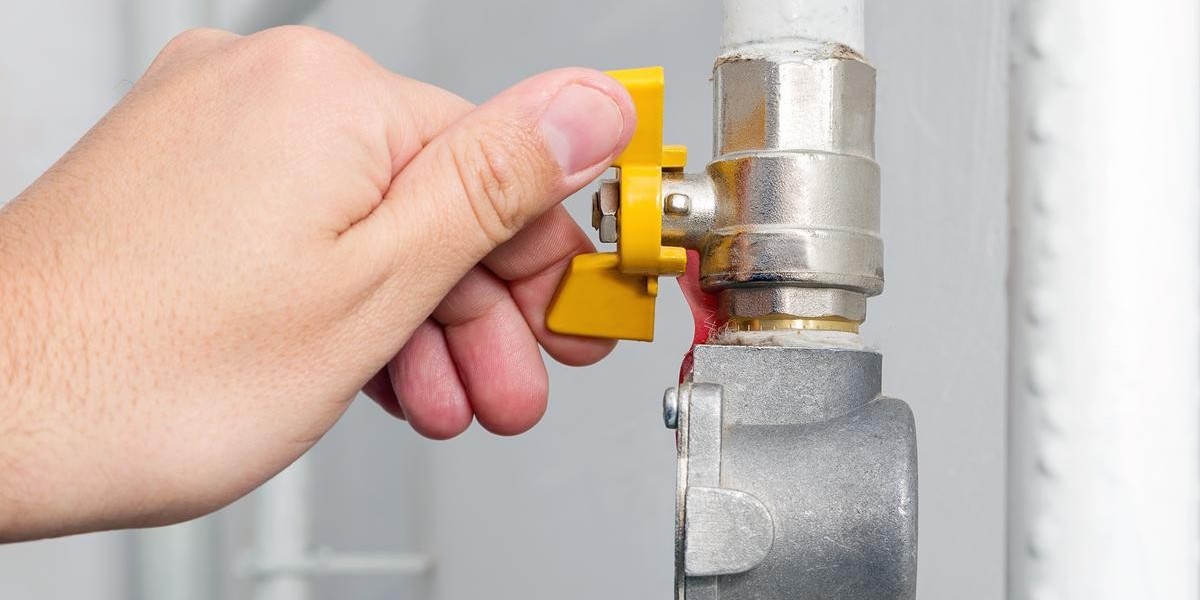In industrial applications and processes, precise control of fluid flow is essential. One key component that plays a crucial role in this regard is the natural gas solenoid valve. These valves are a fundamental part of many systems, allowing for the efficient and controlled flow of natural gas. In this comprehensive guide, we will delve into the intricate details of solenoid gas valve installation, providing you with the insights needed to master this art and ensure optimal performance.
The Basics of Solenoid Gas Valves
Solenoid valves are electromechanical devices that control the flow of gases or liquids through a pipe or conduit. They work by using an electromagnetic coil to control a plunger or piston that regulates the opening and closing of the valve. In the context of natural gas applications, these valves serve as vital tools for ensuring safe and efficient gas flow.
Types of Solenoid Valves
Direct-Acting Solenoid Valves
Direct-acting solenoid valves operate by using the electromagnetic force generated by the coil to directly lift the plunger, allowing gas to flow through the valve. These valves are ideal for applications requiring fast response times and are often used in low-pressure systems.
Pilot-Operated Solenoid Valves
Pilot-operated solenoid valves use electromagnetic force to control a smaller pilot valve, which in turn controls the main valve. This design allows for higher flow rates and can handle higher pressures, making them suitable for a wide range of industrial applications.
Factors to Consider Before Installation
Valve Sizing and Selection
Choosing the right size and type of natural gas solenoid valve is paramount for optimal performance. Factors such as flow rate, pressure, and compatibility with natural gas must be carefully evaluated. Consultation with industry experts and reviewing technical specifications can help ensure the correct valve is selected for the specific application.
Safety Precautions
Safety should always be a top priority when working with natural gas. Proper ventilation, gas leak detection systems, and adherence to local safety regulations are non-negotiable aspects of the installation. Additionally, ensure that all personnel involved in the installation process are well-trained in handling natural gas equipment.
Step-by-Step Installation Guide
- Before you begin, ensure you have all the necessary tools and materials at hand. This may include wrenches, pipe sealant, thread tape, and safety equipment.
- Before starting any installation, make sure to turn off the gas supply to the system. This prevents accidental gas leaks during the process.
- Choose a suitable location for the solenoid valve. It should be easily accessible for maintenance but protected from environmental factors.
- Clean the pipe ends and ensure they are free from debris. Apply thread tape or pipe sealant to create a secure connection.
- Depending on the valve type, mount it either vertically or horizontally. Ensure proper alignment and secure mounting to prevent vibration-related issues.
- Attach the valve to the pipe ends using appropriate fittings. Tighten the connections with wrenches to prevent gas leaks.
- Connect the solenoid valve to the appropriate power source following the manufacturer's instructions. Double-check the connections to ensure proper functionality.
- After installation, perform a thorough leak test to ensure the system is airtight. Apply a gas leak detection solution to all connections and joints and observe for any bubbles indicating leaks.
- Once the system is confirmed leak-free, test the valve's operation. Check for proper opening and closing according to the desired control signal.
Conclusion
Mastering the art of natural gas solenoid valve installation is a valuable skill in the realm of industrial operations. By understanding the types of valves, considering critical factors, and following a detailed installation guide, you can ensure the safe and efficient flow of natural gas within your systems. Remember, precision and attention to detail are paramount in this process, contributing to both the functionality and safety of your operations.
In your journey to excel in solenoid valve installation, keep in mind the importance of continuous learning and staying updated with industry advancements. With each successful installation, you contribute to the seamless functioning of vital industrial processes, showcasing your expertise and dedication to the art of solenoid gas valve installation.


